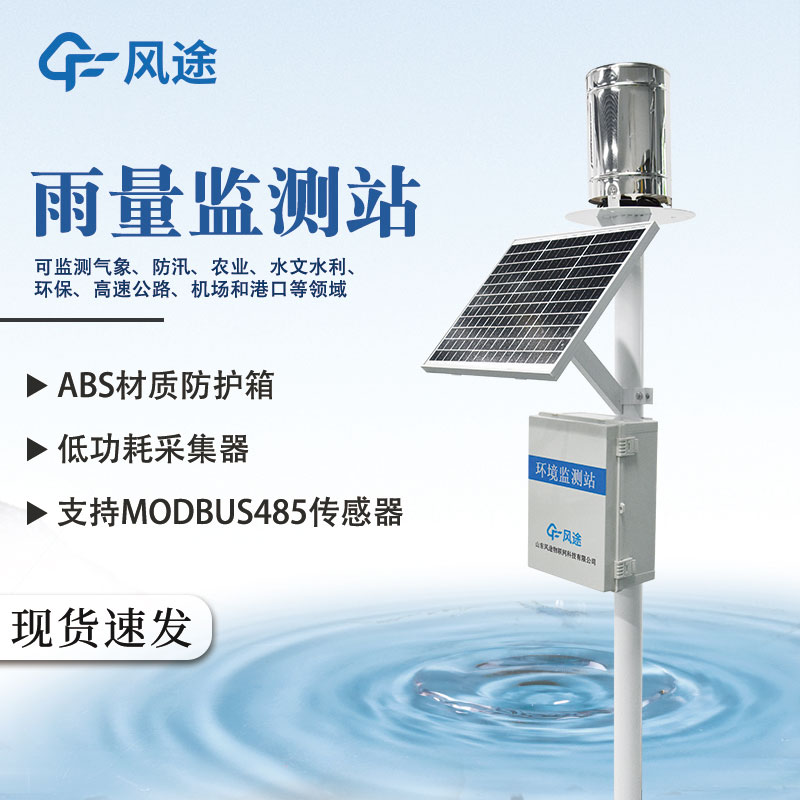Meteorological environment monitoring equipment supplier
Insist on doing high-precision customer favorite technology products
How is rainfall measured? During each rainfall period, meteorology and hydrology publish rain information according to their monitoring and measured in millimetres. So how is the rainfall data measured? At present, the instruments used to measure rainfall in meteorology, hydrology and other fields are mostly tip-bucket rainfall sensors. The gauge flows the rainwater it receives into a small bucket, and when it reaches a certain amount, it automatically pours it out to form a corresponding rainfall record. Weather uses a 0.1 mm tip-over rain sensor, while hydrology uses 0.5 mm.
The tipping bucket rain sensor is a more advanced measuring device that automatically generates rainfall records, previously they used rain measuring cylinders and cups. The rain gauge is usually 20 cm in diameter and contains a funnel and bottle. Measuring cup diameter 4 cm, with rain measuring cylinder matching. When measuring, first pour the rain water in the rain measuring cylinder into the measuring cup, and the corresponding period of rainfall can be known from the scale in the cup.
At first, when people observed the weather, the means of rainfall observation were backward, and they really measured it manually with a measuring cylinder after rain collection. Due to the constraints of equipment, personnel capacity and other factors, the quality of meteorological data at that time is relatively poor, and when encountering extreme rainfall, it will also occur that the rainfall cannot be accurately measured. Later, there was a special observation instrument: the rain gauge, which has been improved many times to form today's high-quality automated rain data acquisition capability.
